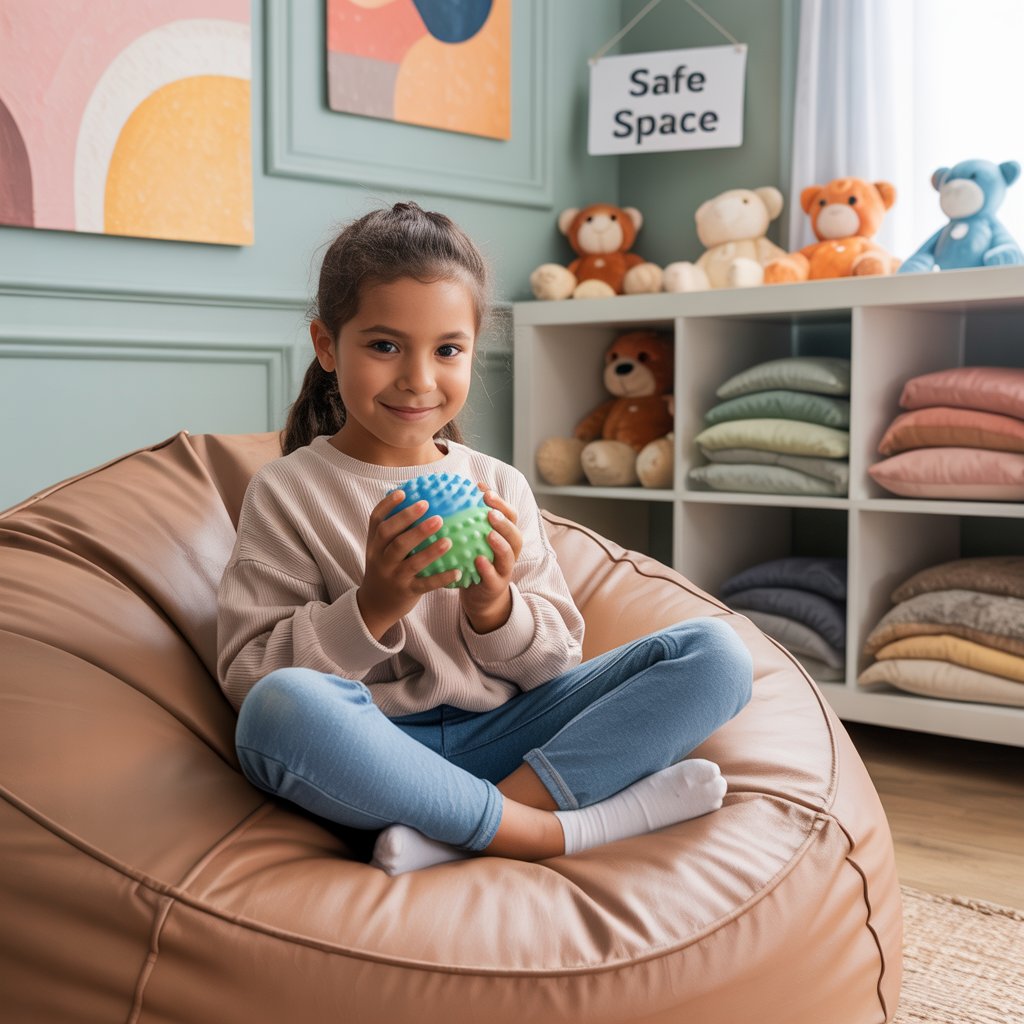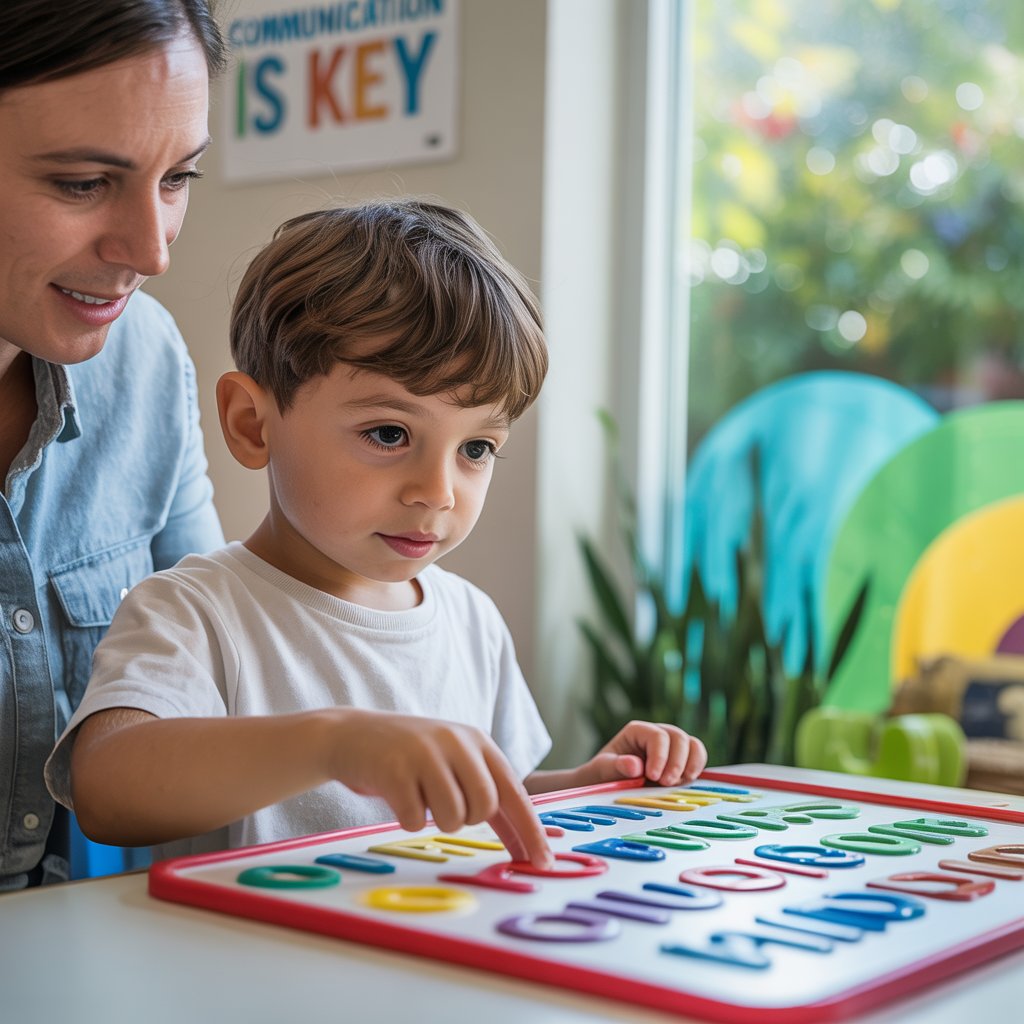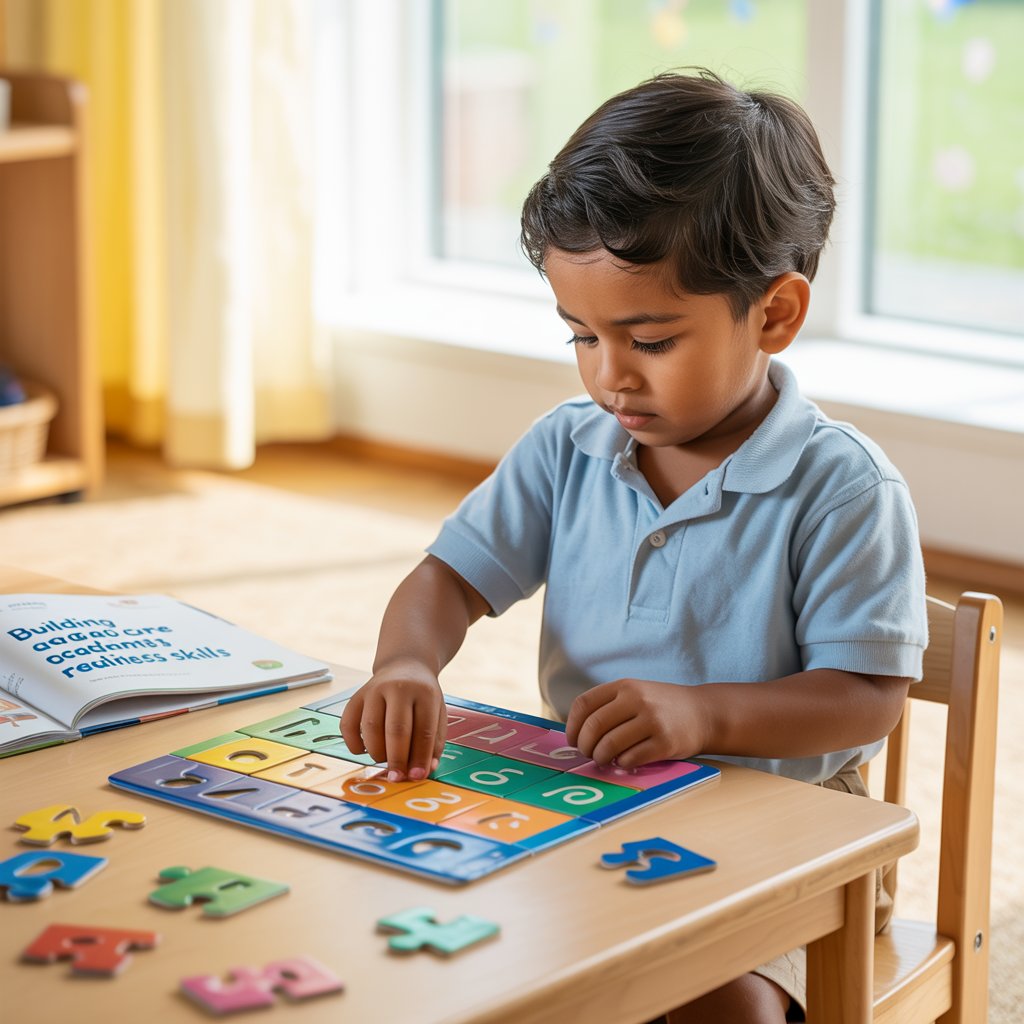Common signs of sensory sensitivities in autism

Kids with autism often experience the world differently than their neurotypical peers. Their brains process sensory input in unique ways, which can manifest in behaviors that might seem puzzling at first glance.
Watch for these telltale signs:
- Covering ears during normal sounds like vacuum cleaners or hand dryers
- Refusing to wear certain clothing textures or having tags removed
- Extreme food selectivity based on texture, not just taste
- Seeking deep pressure through tight hugs or weighted blankets
- Avoiding eye contact due to visual overstimulation
- Getting upset in crowded, noisy environments like malls
- Spinning, rocking, or hand-flapping to regulate sensory input
Parents often tell me, "I thought my child was just being difficult!" But these reactions aren't choices—they're responses to a sensory system that's working overtime.
Hyper-responsivity vs. hypo-responsivity patterns
Think of sensory processing like a volume knob that's either cranked too high or turned too low.
Hyper-responsivity happens when sensory input feels overwhelming:
- A gentle touch feels painful
- Normal room lighting seems blinding
- Background conversations sound like shouting
- Clothing seams feel like sandpaper
Hypo-responsivity occurs when sensory input doesn't register properly:
- May not notice pain or temperature extremes
- Seeks intense sensory experiences (crashing into furniture)
- Might not respond when name is called
- Chews on non-food items for oral stimulation
Many autistic individuals show mixed patterns—hyper-responsive to sounds but hypo-responsive to touch, for example. This inconsistency can be confusing for parents and teachers.
Age-specific manifestations of sensory issues
Toddlers (1-3 years)
Sensory processing difficulties might show up as:
- Extreme meltdowns during diaper changes
- Strong food preferences based on texture
- Distress during haircuts or nail trimming
- Covering ears at birthday parties
- Resisting certain types of clothing
School-age children (4-12 years)
As environments become more complex, you might notice:
- Difficulty transitioning between activities
- Struggling in cafeterias due to noise and smells
- Refusing art activities that involve messy materials
- Becoming overwhelmed during assemblies
- Sensitivity to gym class noise levels
Adolescents and adults
Sensory challenges evolve but rarely disappear:
- Developing sophisticated coping mechanisms
- Strong preferences for routines that minimize sensory overload
- Difficulty in workplace environments with unpredictable sensory input
- Sensory issues compounded by social anxiety

Distinguishing SPD symptoms from other autism characteristics
Sensory processing challenges can overlap with other autism traits, making identification tricky. Here's how to tell them apart:
Social communication difficulties in autism often stem from innate differences in social understanding, while sensory-based social avoidance happens because environments are overwhelming.
Repetitive behaviors serve different purposes:
- Sensory-seeking behaviors (rocking, spinning) regulate sensory input
- Non-sensory repetitive behaviors provide predictability and comfort
Executive function challenges might look similar to sensory avoidance. A child might refuse an activity because:
- They can't organize the steps needed (executive function)
- The sensory aspects are overwhelming (sensory processing)
The key difference? Modify the sensory environment, and pure sensory challenges improve.
When to seek professional evaluation
Don't wait for things to get "bad enough" before seeking help. Early intervention makes a massive difference.
Consider professional evaluation when:
- Sensory issues interfere with daily activities like eating, dressing, or bathing
- Your child shows extreme distress in typical environments
- Sensory sensitivities limit family participation in important activities
- Your child's school performance is affected by sensory challenges
- Self-stimulatory behaviors increase during times of stress
- Your parental instinct tells you something's not right
Who can help? Start with:
- Occupational therapists with sensory integration training
- Developmental pediatricians
- Child psychologists specializing in autism
- Neuropsychologists for comprehensive evaluation
Remember, sensory challenges aren't just "quirks" to overcome—they're real neurological differences that deserve understanding and support.







